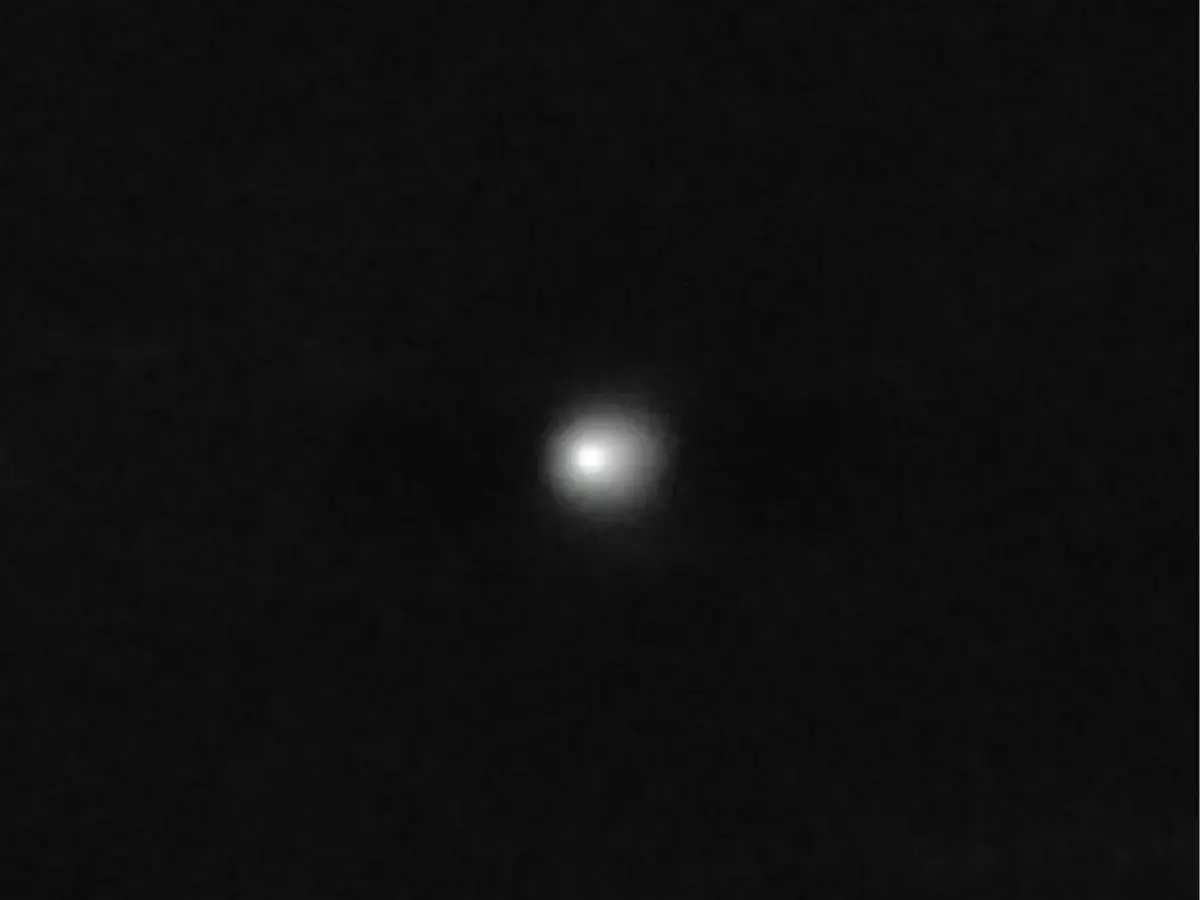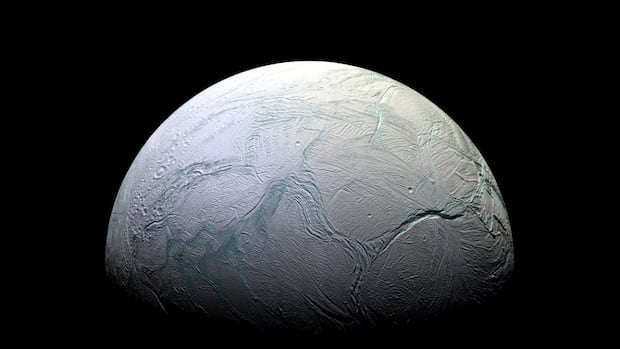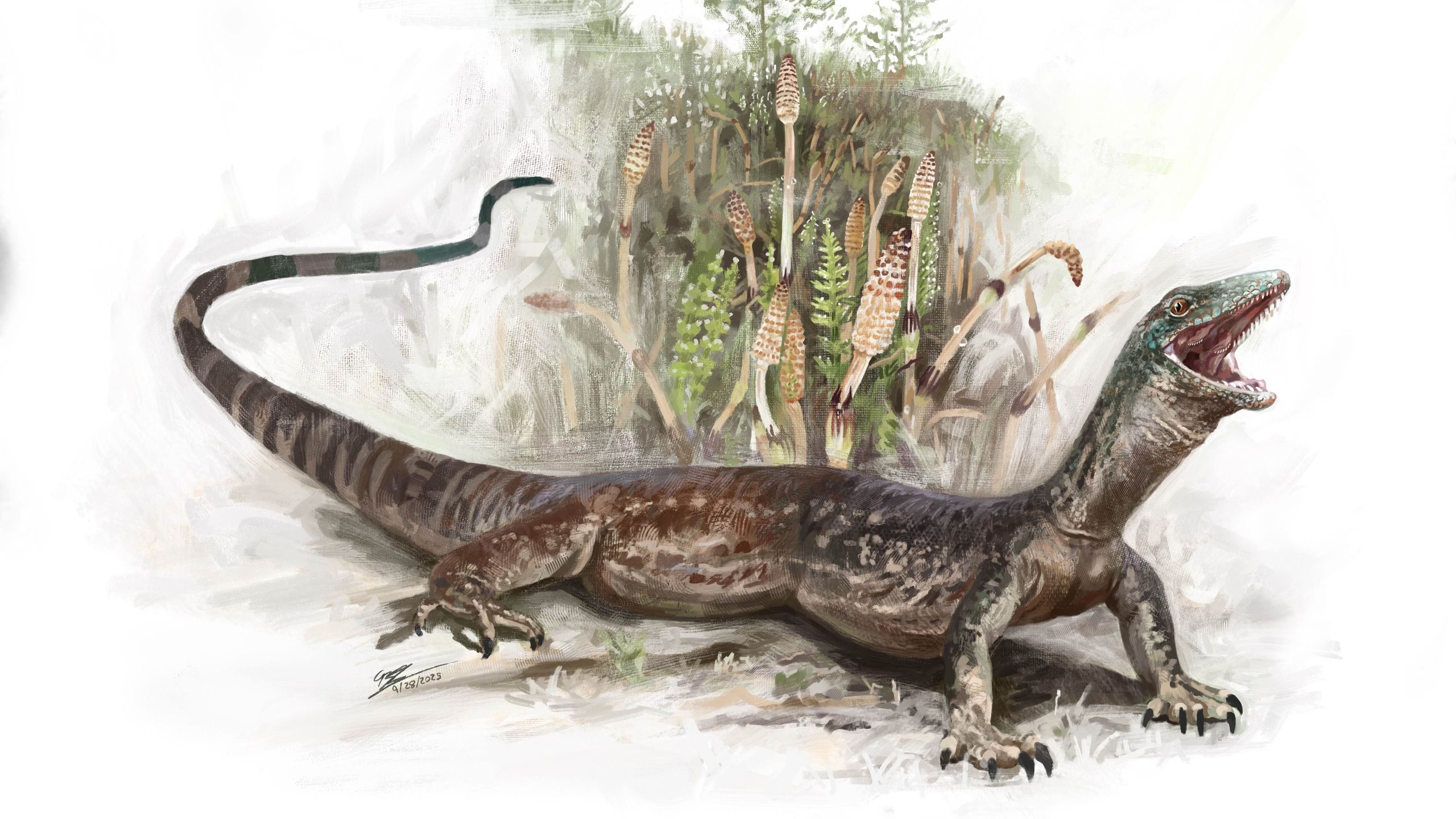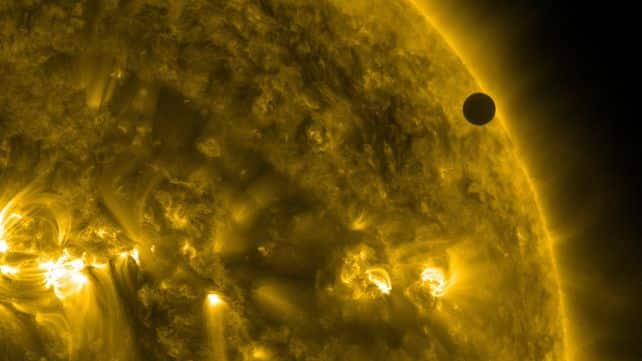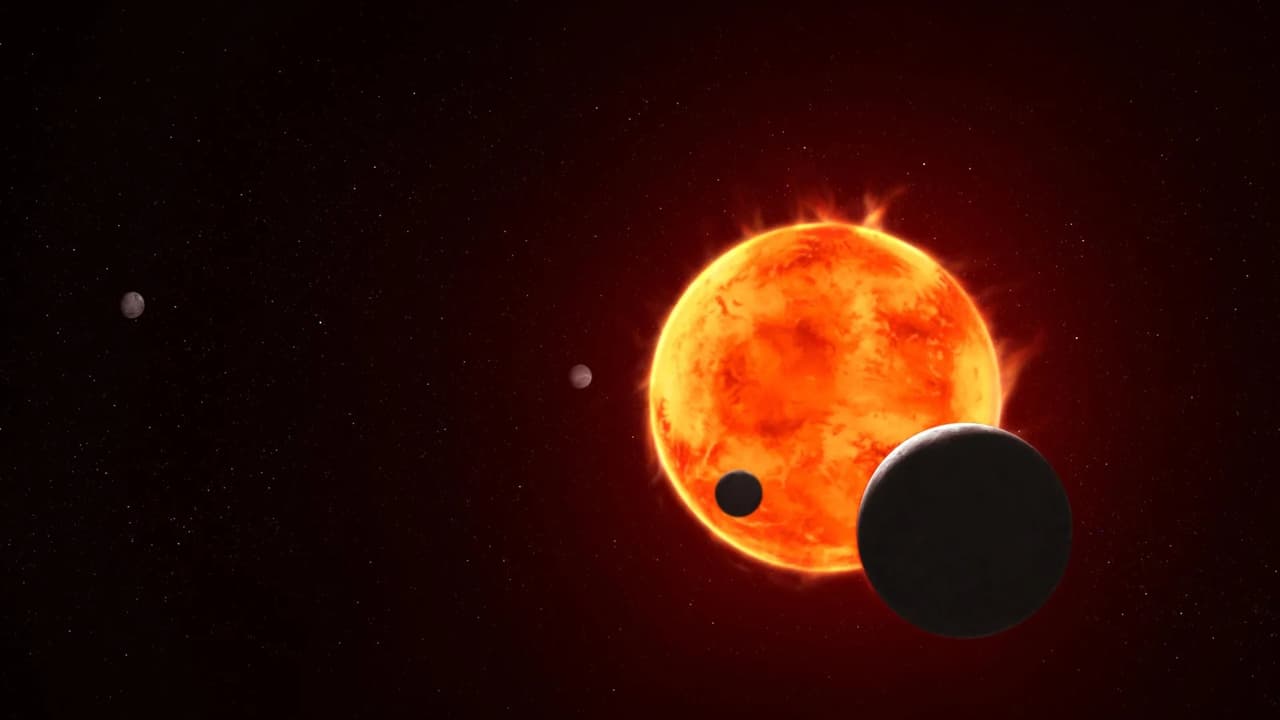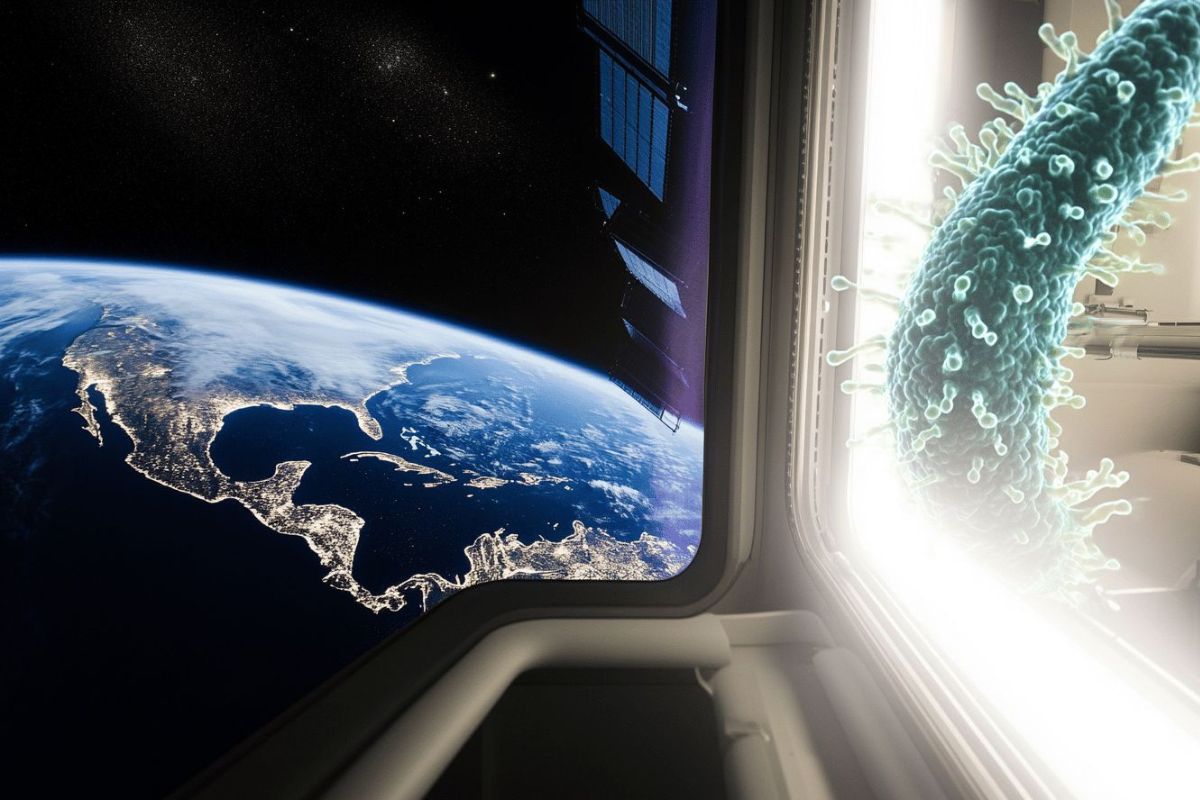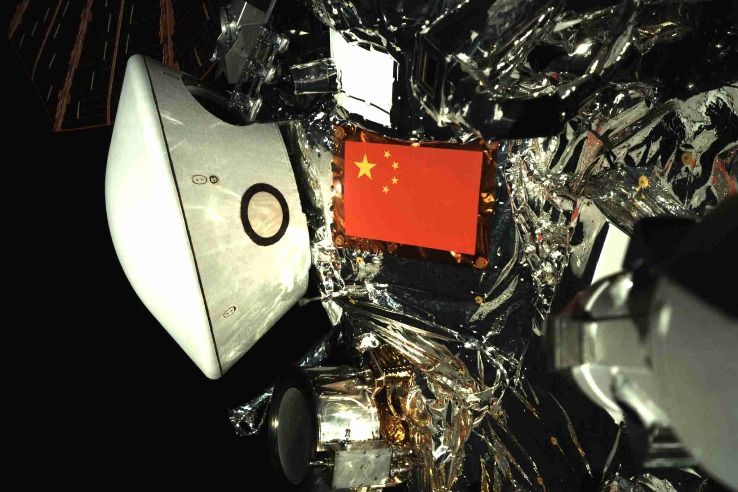Unbelievable Discovery: Everything That Lives Glows – But Why Does It Vanish When We Die?

Prepare to have your mind blown! Did you know that all living beings emit a mysterious glow linked to our very vitality? This fascinating phenomenon, which disappears upon death, has been unveiled in a groundbreaking study that could revolutionize medical diagnostics.
Life is essentially a series of chemical reactions, akin to a highly complex biochemical lab where metabolism fuels the processes that keep us alive. One of the intriguing by-products of our metabolism is a group of highly reactive molecules known as reactive oxygen species (ROS). While they play essential roles in cellular signaling, an excess of ROS can lead to oxidative stress, a condition that impacts the glow we emit as researchers from the University of Calgary found.
Published in The Journal of Physical Chemistry Letters, this study focuses on a phenomenon known as ultraweak photon emission (UPE) or biophoton emission. The researchers discovered that live mice emitted a significantly stronger UPE compared to their recently deceased counterparts. Just imagine that – your vitality can literally be seen in the form of light!
But the findings extend beyond just mice. The study also highlighted how plants react to various stressors, displaying varying UPE levels based on factors like temperature fluctuations, injuries, and chemical treatments. Previous research hinted at ROS being pivotal to this glow, characterized by an almost imperceptible release of light that exists outside the visible spectrum, between 200 to 1,000 nanometers, present in everything from single-celled organisms to humans.
Interestingly, the study also explored how mortality and stress influence UPE. Through meticulous comparisons between live and dead animals, the scientists observed their light emissions under carefully controlled conditions, eliminating external light interference. The results were striking: live mice showed a vibrant glow while the faint luminescence from euthanized mice was nearly non-existent, despite having the same body temperature of 37°C.
As the researchers noted, “Our investigation reveals a significant contrast between the UPE from live versus dead mice.” Moreover, they found that stressors like increased temperature and injuries in plants notably heightened the UPE intensity. Even chemical treatments made a difference; the application of benzocaine, a local anesthetic, at the injury site in plants produced the highest light emission among various substances tested.
These findings suggest that UPE could serve as a sensitive indicator of vitality in animals and stress responses in plants. With hopes high, scientists envision a future where UPE imaging could facilitate non-invasive, label-free diagnostics, enabling us to visualize the very essence of life itself.











